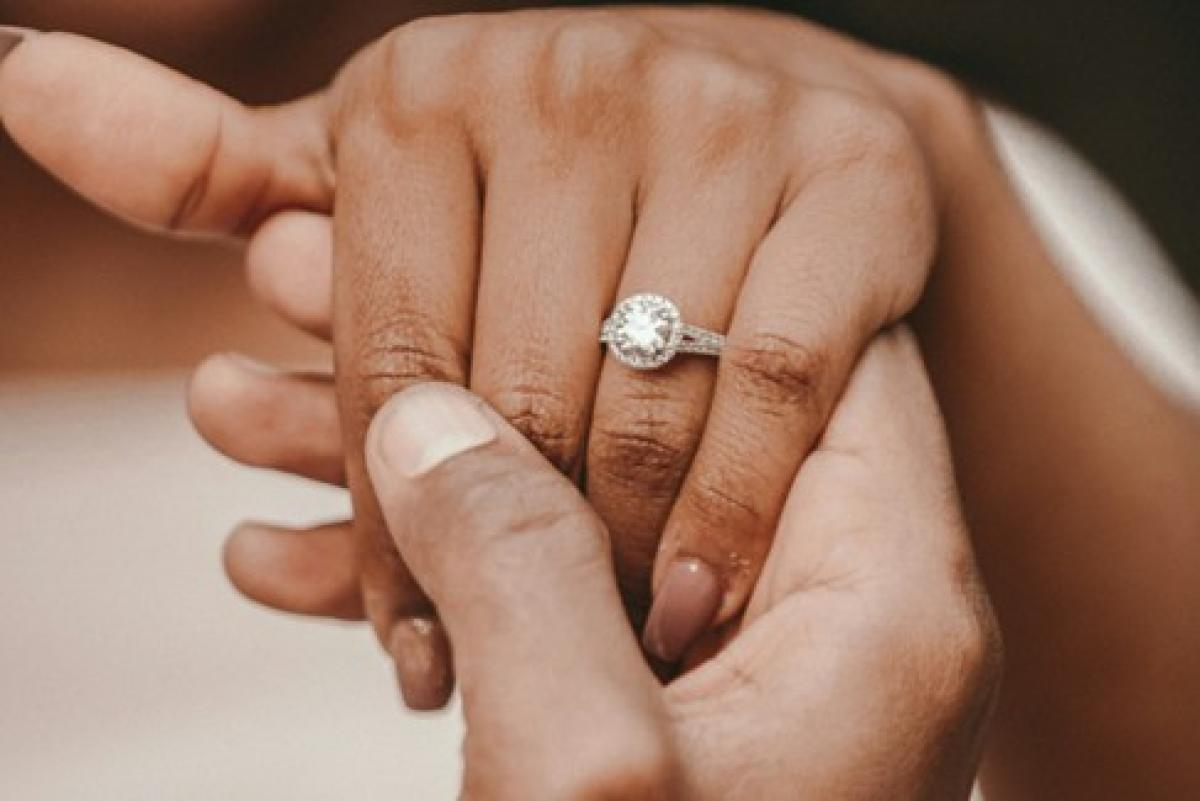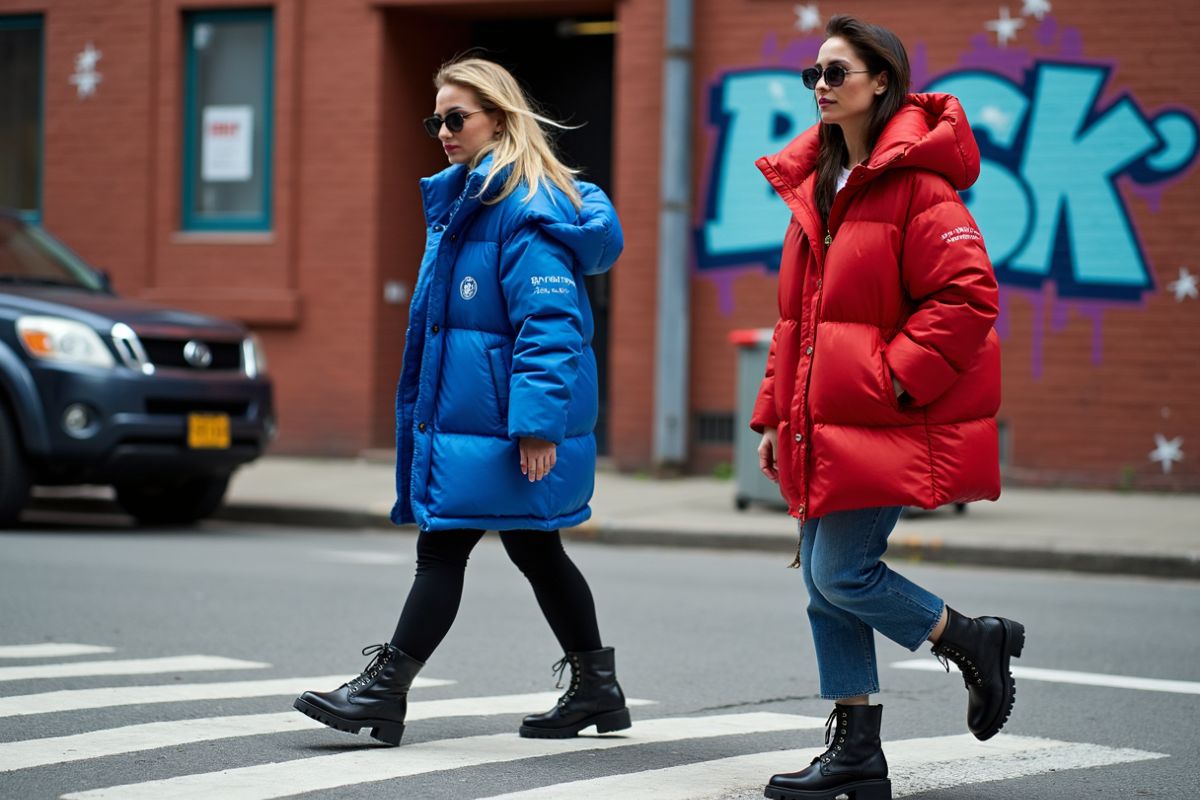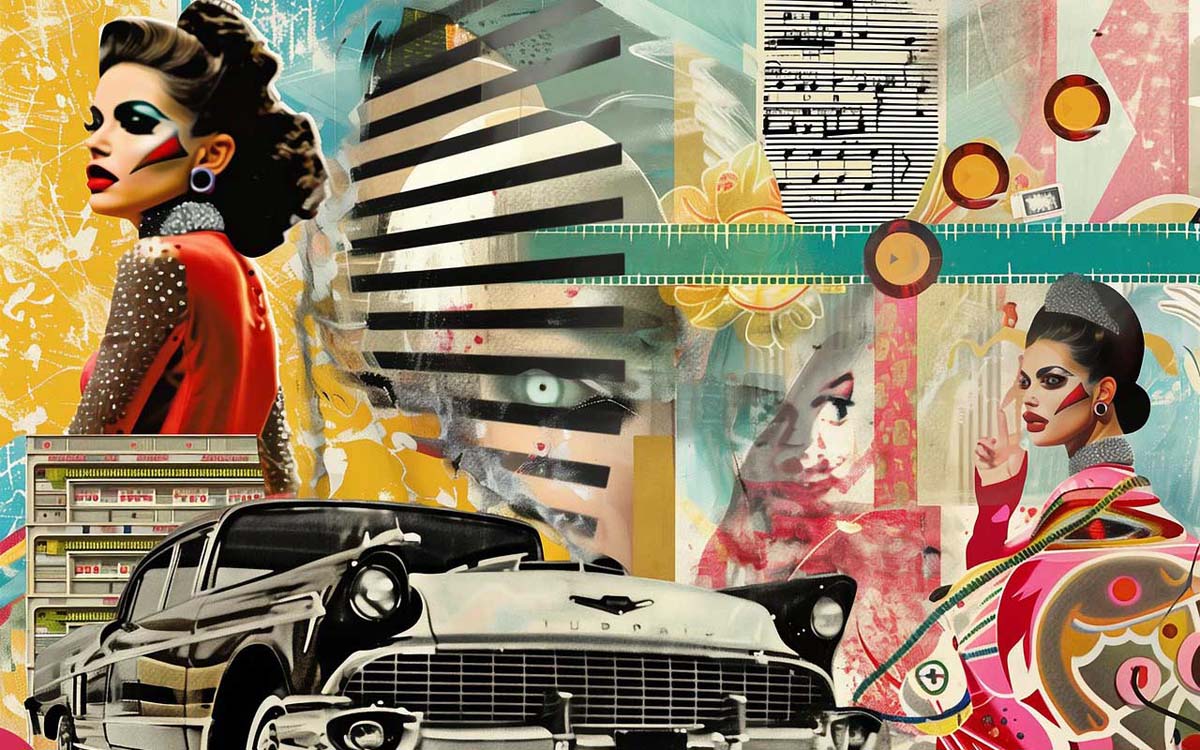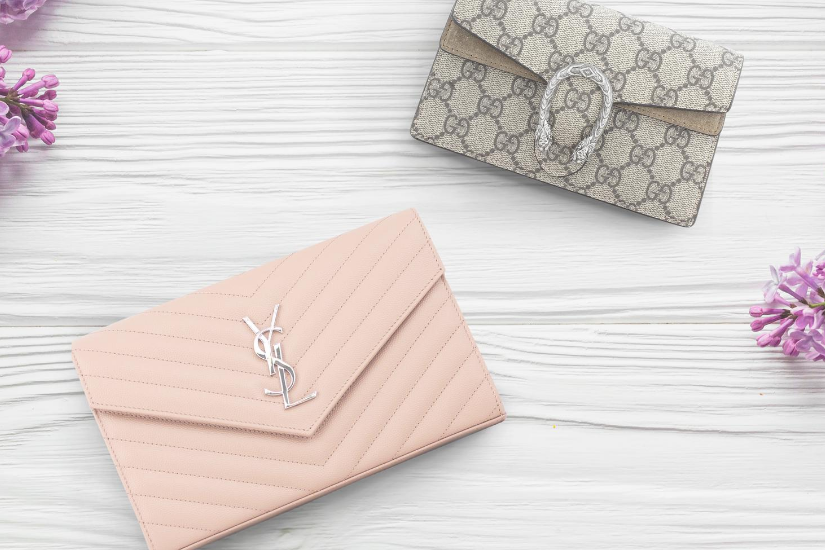Fashion
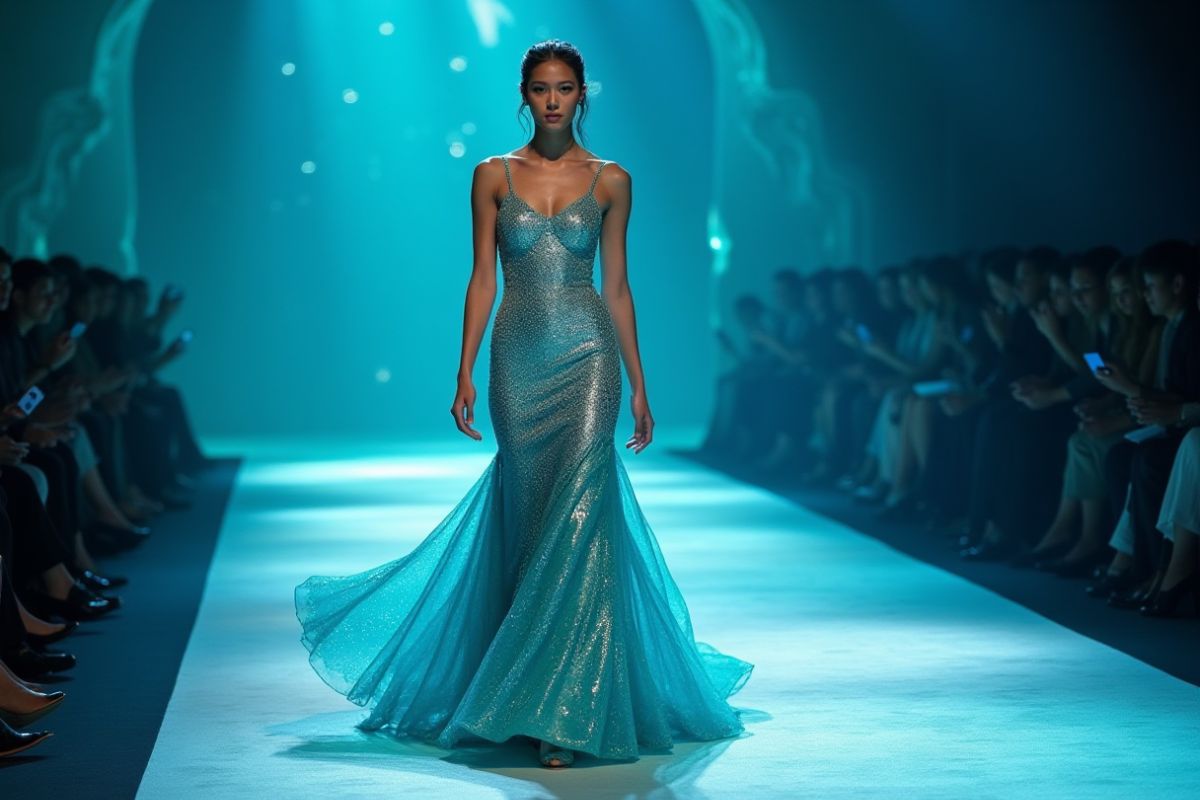
The aquatic fashion trend, particularly the enchanting mermaid aesthetic, is making waves on the 2025 runways. Designers are diving deep into the ocean's allure, crafting garments that echo the shimmering scales and fluid forms of underwater life. With a focus on iridescent fabrics, flowing silhouettes, and vibrant colors inspired by marine ecosystems, the mermaid trend is set to captivate fashion enthusiasts and redefine elegance for the upcoming year. As we explore this aquatic realm, we anticipate a celebration of creativity and the beauty of the sea in contemporary fashion.
Read more: Dive In: Aquatic Fashion Trends Making Waves in 2025
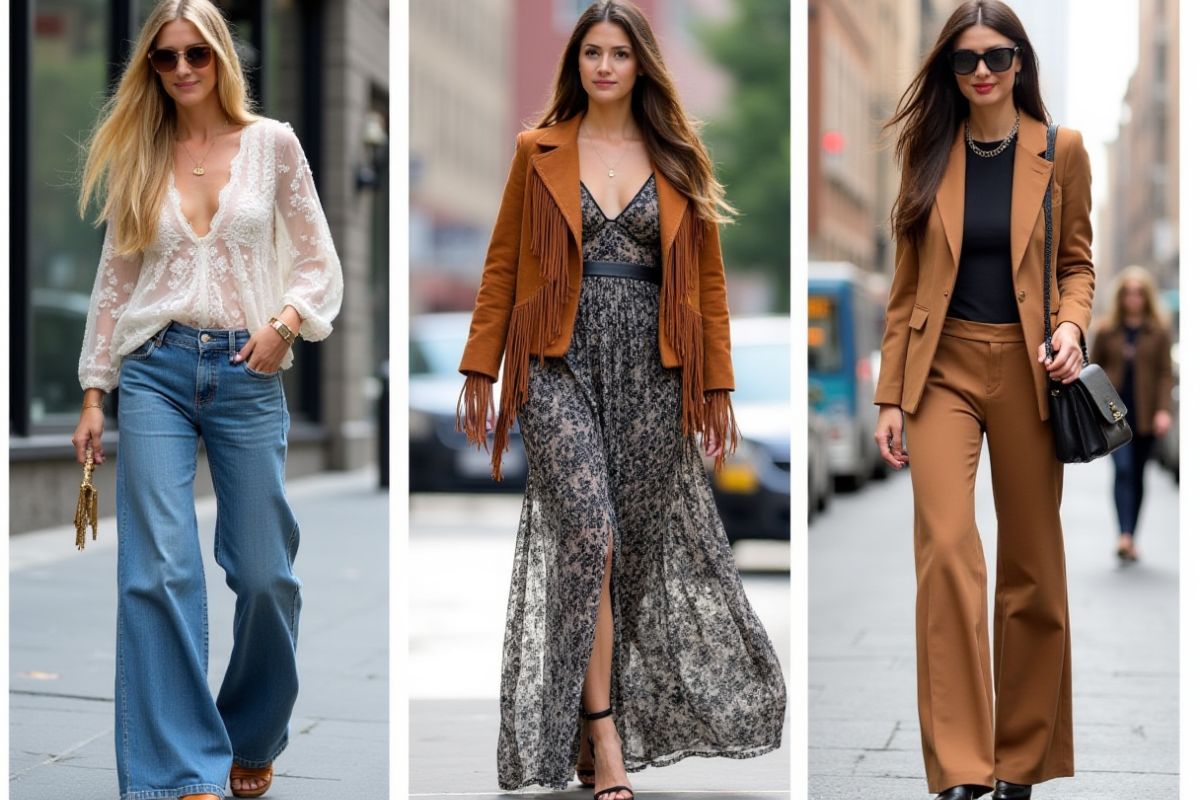
The mini skirt has long been the reigning star of summer wardrobes, but the 2025 runways are declaring a new champion: hot pants. From Prada’s tailored silhouettes to Miu Miu’s lace-trimmed versions, this daring piece is officially one of the biggest trends of 2025, reshaping what we consider the ultimate wardrobe staple for summer 2025 fashion.
Read more: Move Over Mini Skirt: Why Hot Pants Are 2025’s Hottest Trend
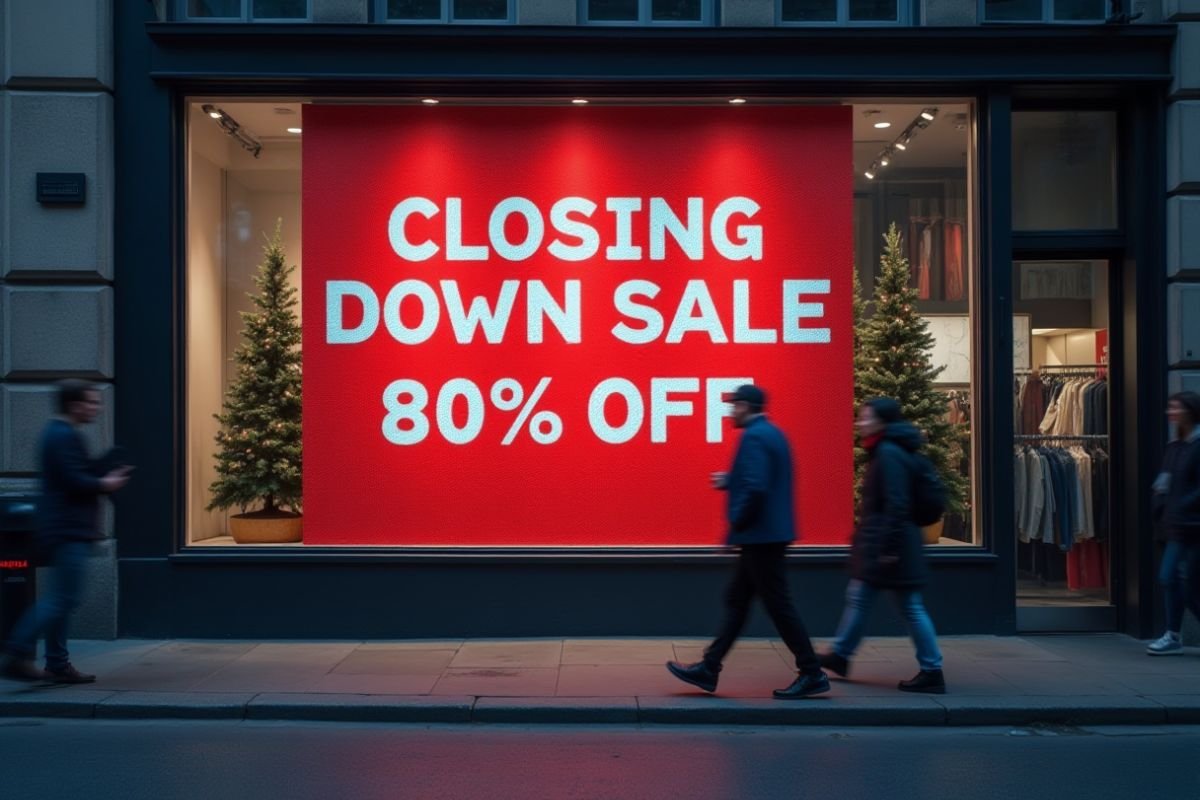
In the digital age, the allure of unbeatable deals during "closing-down sales" often masks a deceptive reality. This article delves into the intricate workings of these fraudulent schemes, exposing how scammers exploit shoppers' trust and create fake websites on social media platforms like Facebook and Instagram, all while feigning the closure of a business. By understanding the red flags and mechanics of these operations, consumers can better protect themselves from falling victim to these sophisticated scams across Australia.
Read more: Ghost Stores & Fake Farewell Sales: Unraveling the Scam Behind ‘Closing-Down Sales’ Ads
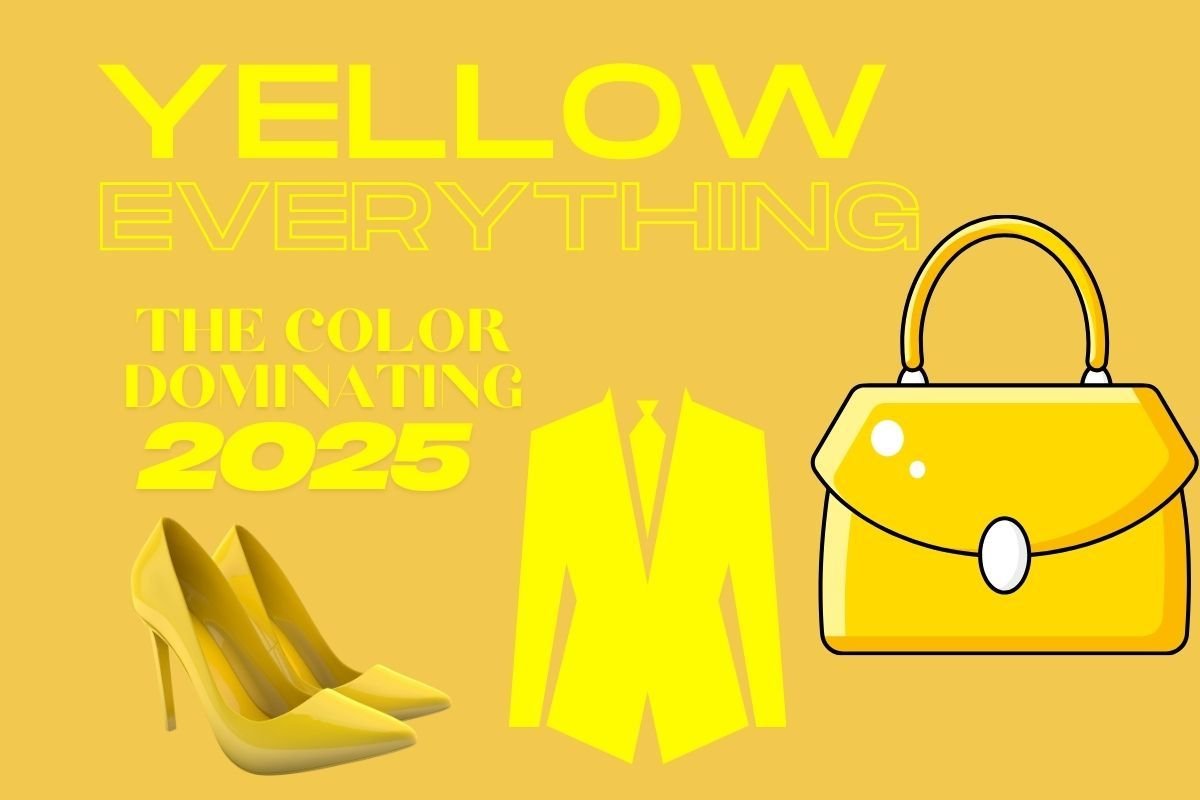
Get ready for a sunny disposition in 2025! A specific hue is poised to take center stage and redefine the landscape of fashion, design, and consumer preferences. Forget the bold and bright primary colors of the past; a softer, more nuanced shade is about to reign supreme.
Read more: Yellow Everything: The Colour Trend Dominating 2025
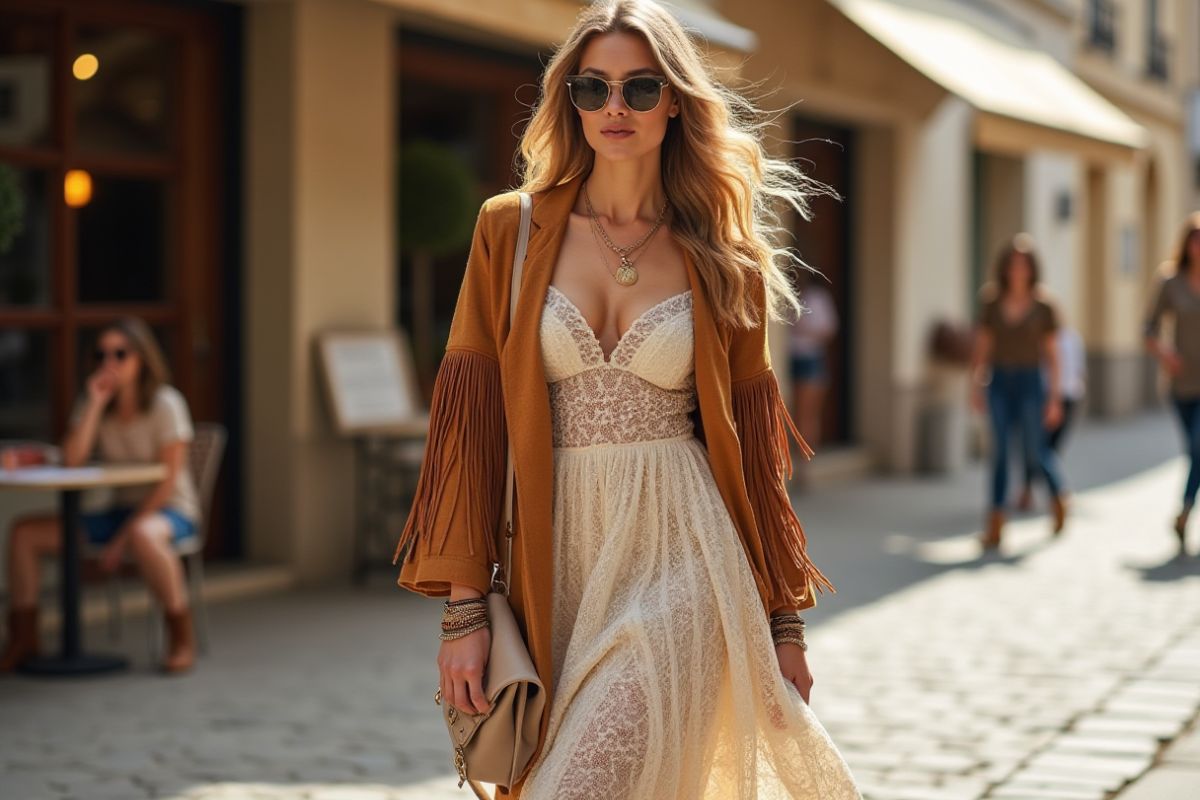
If you’ve been paying attention to the runway, you already know: boho chic is back—and it’s bigger, bolder, and more effortlessly chic than ever. With suede emerging as the cornerstone fabric of the 2025 fashion trend, designers are leaning into the bohemian style that first defined icons like Kate Moss, Sienna Miller, and Jane Birkin, but with a distinctly modern boho edge.
Read more: Boho Chic Revival: Styling Suede for 2025’s Trendiest Looks
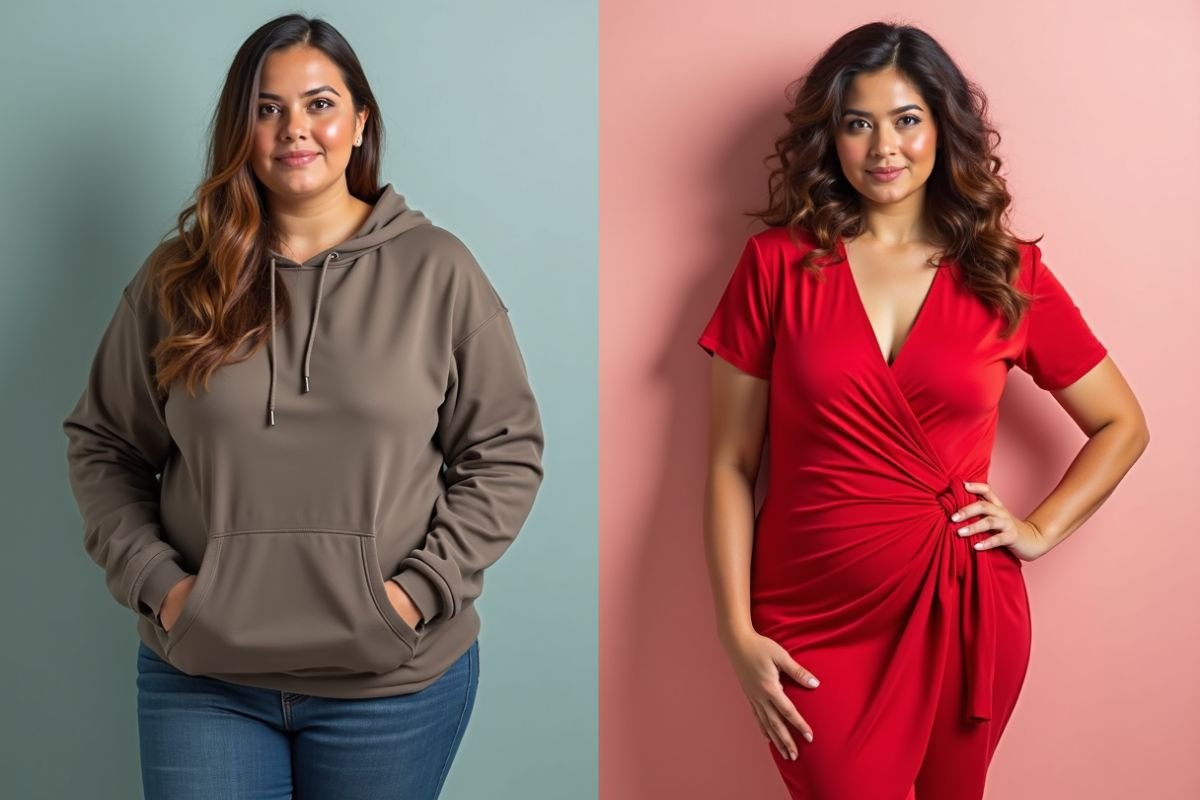
We’ve all done it—reached for an outfit not because it excited us, but because it helped us blend in. Maybe it was the all-black dress at a party, the oversized jumper that swallowed your silhouette, or the neutral-toned suit you hoped wouldn’t draw attention. Fashion can be a form of armour. But what if we told you it can also be your most powerful mirror?
Read more: Beyond the Outfit: Dressing for Your Body Shape and Authentic Personality
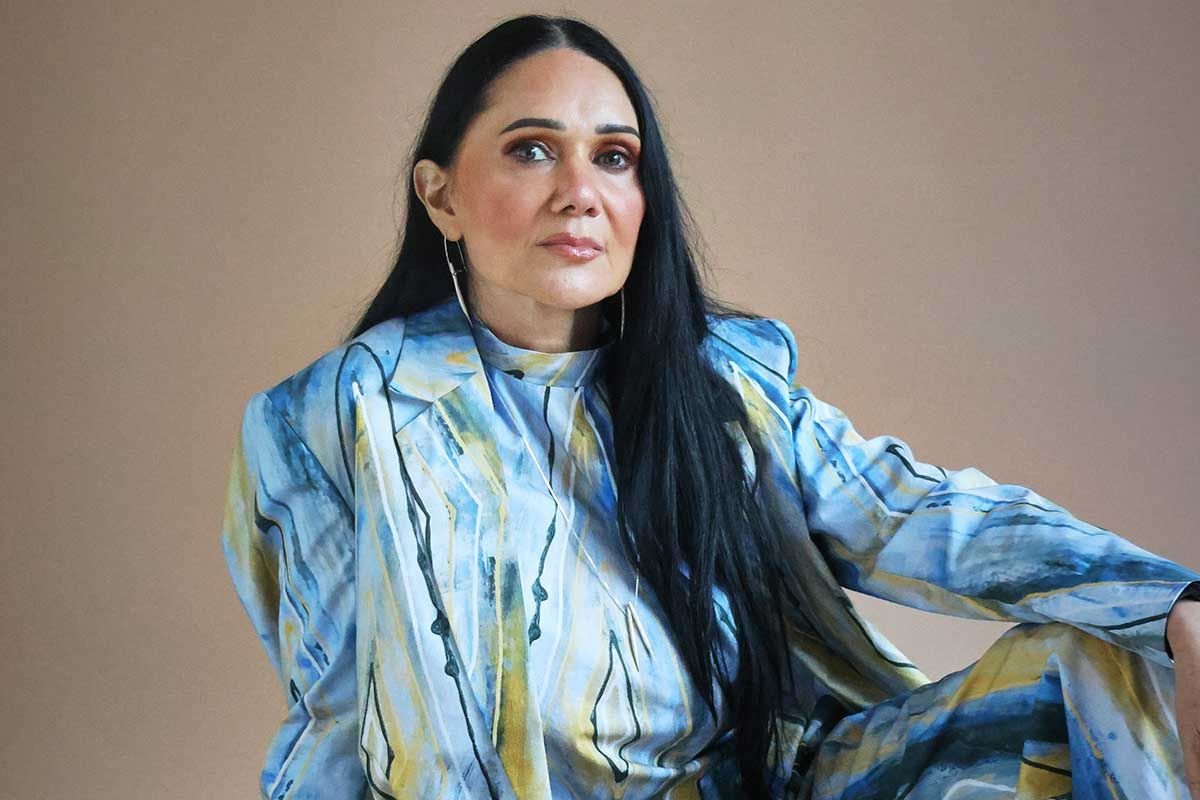
Some designers turn heads with their fabrics. Others with their silhouettes. But for Simone Thomson — a proud Wurundjeri, Yorta-Yorta and Wiradjuri artist, public creator, and now fashion designer — it’s the story woven into every seam that truly makes her work unforgettable.
“I really enjoy seeing the story transformed onto a person,” Simone tells me, her voice brimming with quiet pride. Her debut collection is more than just clothing — it’s a vibrant tapestry of heritage, modernity, and personal journey.
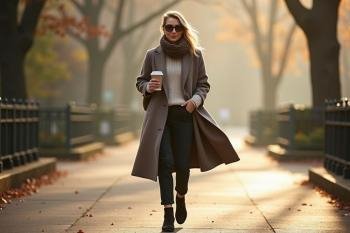
When it comes to layering for winter in Australia, we’re often caught in a seasonal balancing act. Our winters are relatively mild, but that doesn’t mean we’re immune to that brisk chill—especially in the early mornings or during unexpected cold snaps. The trick? Mastering a layering system that delivers warmth without bulk, offers versatility, and transitions across seasons. Whether you're braving coastal winds or sipping lattes in the southern suburbs, here’s how to add layers smartly and stylishly—Riley style.
Read more: Winter Layering Hacks for Mild Aussie Climates: Versatile Layers for Cold Weather
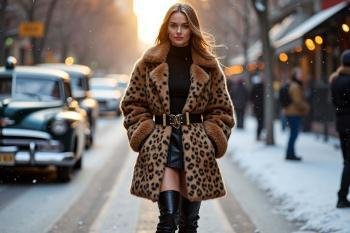
Winter 2025 is all about high-impact outerwear, and leading the fashion vanguard is none other than the faux fur coat—a sweeping, luxe staple reimagined for the modern wardrobe. From oversized silhouettes to cropped, belted trench styles, faux fur has never looked more glam. Whether you’re in Sydney, Melbourne, or Brisbane, now’s the time to wear your fashion with warmth, attitude, and bold synthetic texture.
Read more: Embracing Faux Fur: The Ultimate Winter Coat for 2025
You might also be interested in ...
 2025 Autumn Winter: Chic Trends in Jackets and Coats for Outerwear Fashion
2025 Autumn Winter: Chic Trends in Jackets and Coats for Outerwear Fashion
As the chill settles in and layers become...
 2025 Fashion Trends: Key Autumn Styles That Will Dominate in 2025
2025 Fashion Trends: Key Autumn Styles That Will Dominate in 2025
The fashion landscape for 2025 is brimming with...
 2025: Essential Pieces for Your Autumn Capsule Wardrobe
2025: Essential Pieces for Your Autumn Capsule Wardrobe
As the leaves begin to fall and the temperature...
 Beyond Greenwashing: The Rise of Ethical Sustainable Fashion 2.0 in Australia
Beyond Greenwashing: The Rise of Ethical Sustainable Fashion 2.0 in Australia
Once a niche movement whispered about on the...
 Navigating the Intricacies of Micro-Cheating: Where Do You Draw the Line?
Navigating the Intricacies of Micro-Cheating: Where Do You Draw the Line?
Is Your Partner Micro-Cheating? Picture this:...
 Think You're Not Cheating? Here’s What Counts as Digital Infidelity in 2025
Think You're Not Cheating? Here’s What Counts as Digital Infidelity in 2025
In 2025, the line between flirtation and...
 Ways to Keep the Spark Alive in a Long-Term Relationship Tips
Ways to Keep the Spark Alive in a Long-Term Relationship Tips
Let’s be real—every love story evolves. That...
 2025 Nail Trends: The Biggest Nail Designs and Art Ideas That Will Dominate
2025 Nail Trends: The Biggest Nail Designs and Art Ideas That Will Dominate
If there’s one thing we know about beauty in...
 Why the Australian Beauty Industry Is the Global Beauty Hotspot Right Now
Why the Australian Beauty Industry Is the Global Beauty Hotspot Right Now
Australia’s beauty industry is having a breakout...
 How AI Technology is Revolutionising Skincare Routines in Australia
How AI Technology is Revolutionising Skincare Routines in Australia
Tech and beauty have officially collided — and...
 Grooming Trends for Aussie Men in 2025: The Ultimate Style Guide
Grooming Trends for Aussie Men in 2025: The Ultimate Style Guide
Men’s grooming in 2025 is all about...
 Cozy Autumn Dinner: Decorate & Bucket List for Autumn Vibes
Cozy Autumn Dinner: Decorate & Bucket List for Autumn Vibes
Ah, autumn—the season that whispers in golden...
 Digital Decluttering: The Self-Care Practice Australians Are Embracing in 2025
Digital Decluttering: The Self-Care Practice Australians Are Embracing in 2025
In 2025, self-care has taken on a new form — one...
 The Minimalist Lifestyle Boom: Why Less is So Much More in 2025
The Minimalist Lifestyle Boom: Why Less is So Much More in 2025
Let’s be honest — life can feel like a...
 New Initiatives for Disability Inclusion: Enhancing Nature Access
New Initiatives for Disability Inclusion: Enhancing Nature Access
Access to nature should be for everyone. But for...

